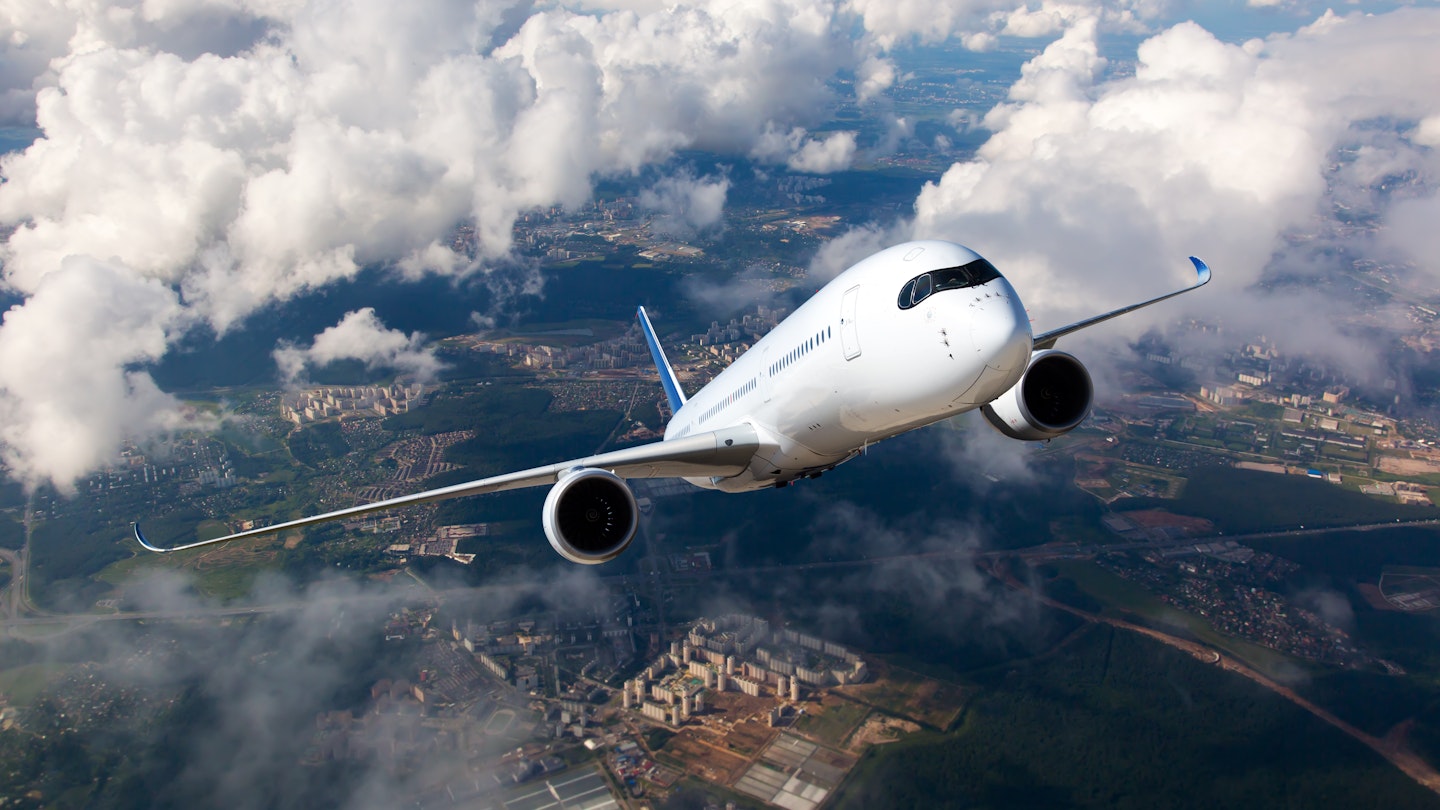
Ever wondered why your airplane was making certain sounds? Curious about the whirr, rumble, or even a noise reminiscent of a barking dog from under your seat? If you tend to feel anxious when flying, let us reassure you by explaining some of the common noises you may hear on a flight.
Bings and Bongs from the Overhead Speakers
Pilots and flight attendants frequently use these sounds to communicate important updates, such as the imminent takeoff or landing, or that it’s time for the first drink service. Relax and think about whether you prefer a gin and tonic or a Bloody Mary.
Noise Changes from the Air Conditioning System
The interconnected systems on airplanes mean the airflow from above can fluctuate due to the aircraft’s power needs. This can occur during cabin pressurization, which maintains an atmosphere equivalent to 6000-8000 feet even when cruising at 40,000 feet, especially during takeoff or climbing events.
Flickering Lights and System Sounds
If you notice flickering lights, especially in older aircraft, it is likely due to a change in electrical power sources. This could be from the engines, the auxiliary power unit (APU), or ground power. Additionally, the sound of fans spinning up or down indicates the pilots are preparing the aircraft for flight or parking.

Rattling from the Overhead Bins
If you hear the overhead bins rattling, particularly during takeoff, landing, or turbulence, there’s no need for concern. These bins are designed for a bit of movement, although do watch for any luggage when opening them.
A Whining or Roaring Noise at the Back of the Plane
If seated at the rear or boarding via the back stairs, you may encounter the roar of the APU, a type of mini-turbine engine adding extra power to the aircraft—typically audible when the ground power is disconnected or while parking at a remote gate.
Gear Shifting Sounds of the Engines
Engines, especially new ones, might produce sounds reminiscent of gear shifts, particularly as they start from a standstill or during takeoff when the pilots apply power. This is a normal operation within the flight process.
A Series of Bumps on the Runway
If you feel bumps while cruising along the runway, rest easy; this is not a sign of something amiss. Instead, it could be the runway joints adjusting to temperature or the wheels rolling over runway lights. Pilots often aim to align the aircraft to avoid these bumps when possible.

Rumble-thump After Takeoff and Thump-rumble Before Landing
The noise of the landing gear being retracted by the aircraft’s hydraulic systems can surprise passengers, especially those sitting at the front or near the wings. The nose wheel, in particular, can create a significant noise during this process.
Diminishing Engine Noise at Descent
On approach to landing, pilots typically reduce engine power well before reaching the airport, following a three-degree descent angle. Frequent flyers may find this a useful hint to prepare for a restroom visit before disembarking.
Rumbling Noise Before Landing
Aircraft change their wing configurations using flaps and slats to optimize lift during takeoff and landing phases. While the sounds might be subtle during takeoff, they become quite noticeable during landing as these components adjust.
Mechanical and Wind Noises Leading to Final Approach
Just before landing, you’ll hear mechanical sounds, wind noise, and thumping as the landing gear doors open, the gear extend, and lock into place. This is a signal to ensure all your belongings are stowed and you’re prepared for landing.
A Dog Barking Under the Plane
If you’re flying on an Airbus, you might think a dog is barking beneath your feet when on the ground! Rest assured, it’s not a canine companion—it’s actually a hydraulic pressure adjustment system operating when the pilots utilize one engine for efficiency during ground maneuvers.





